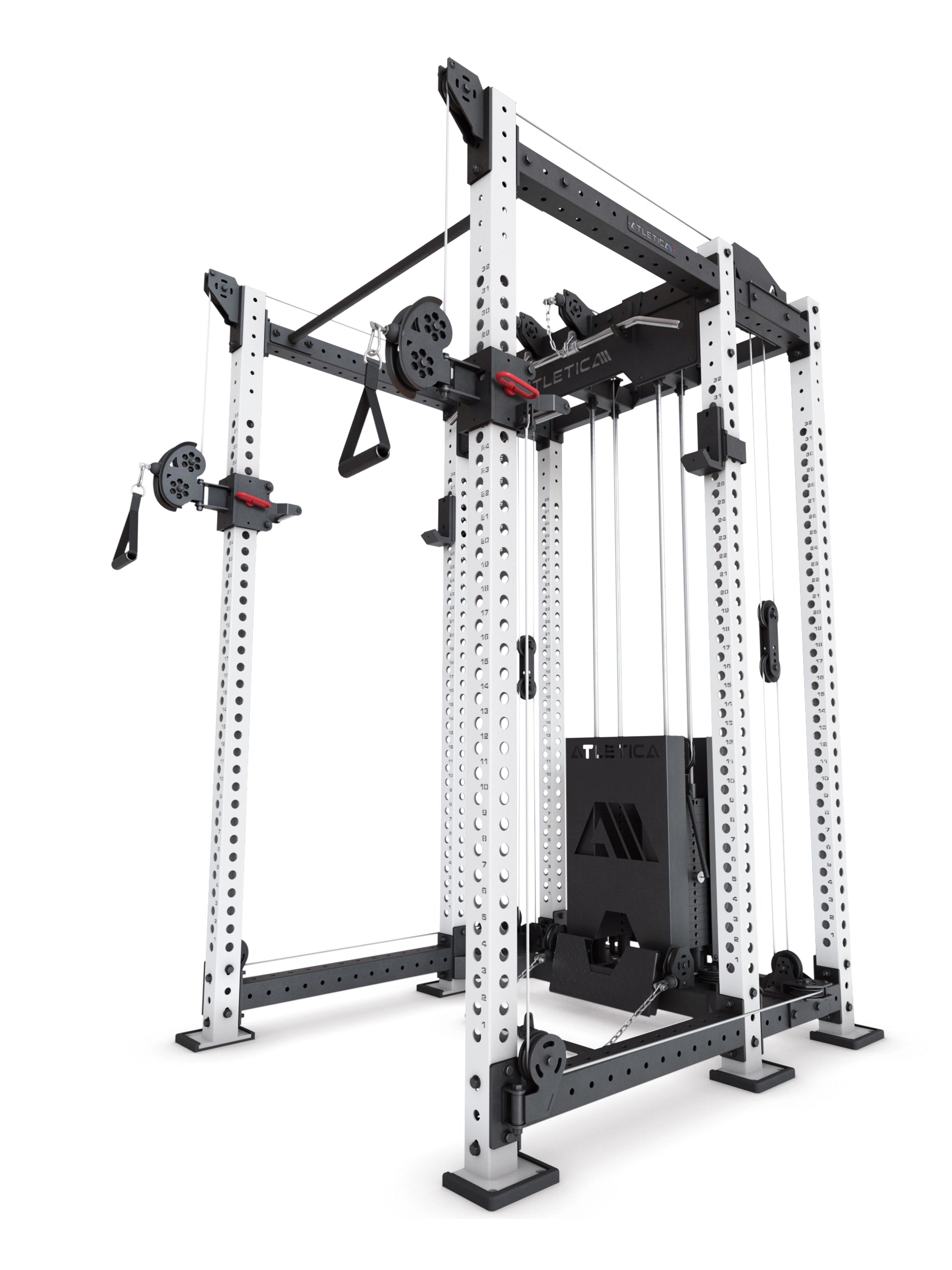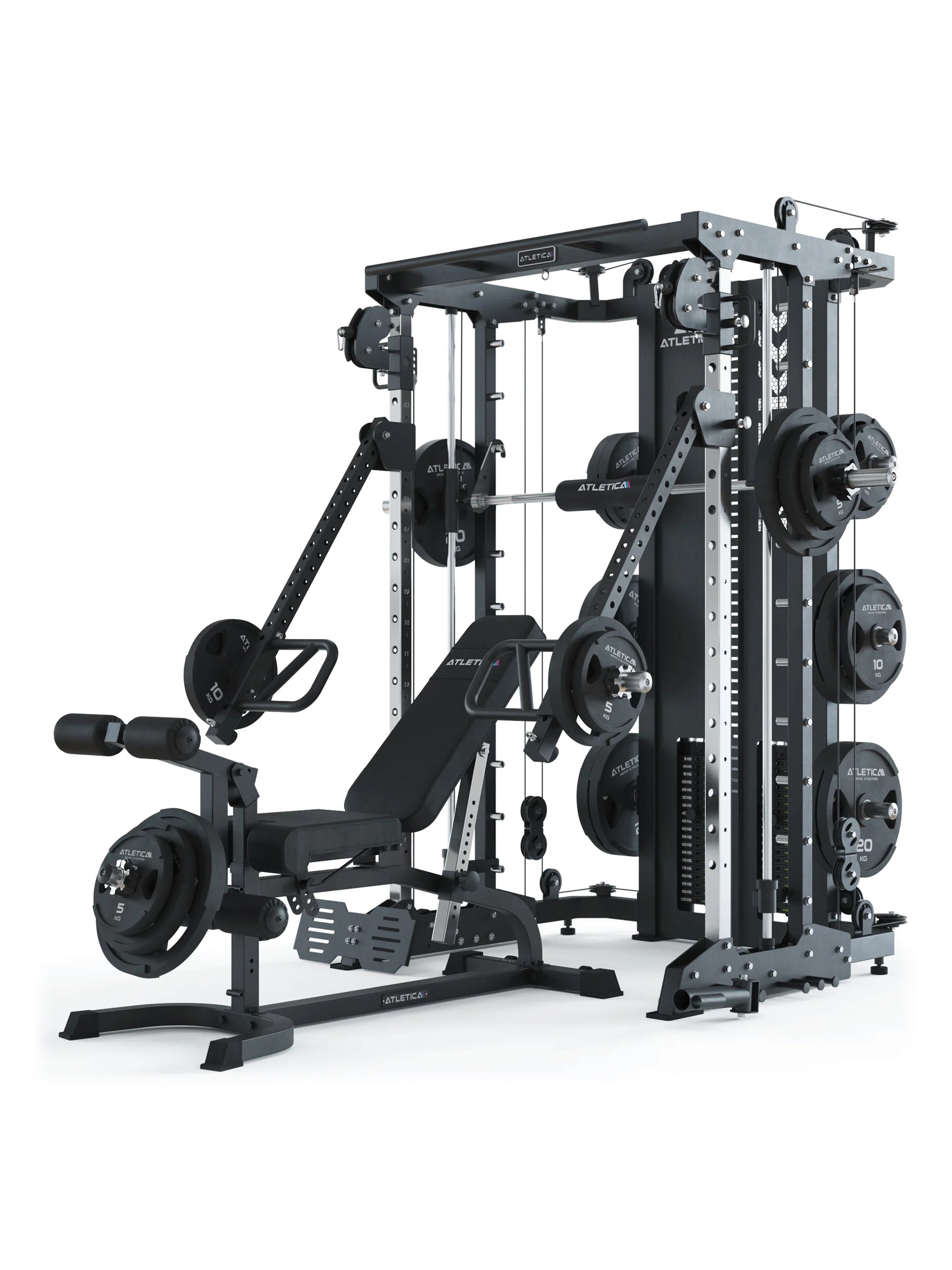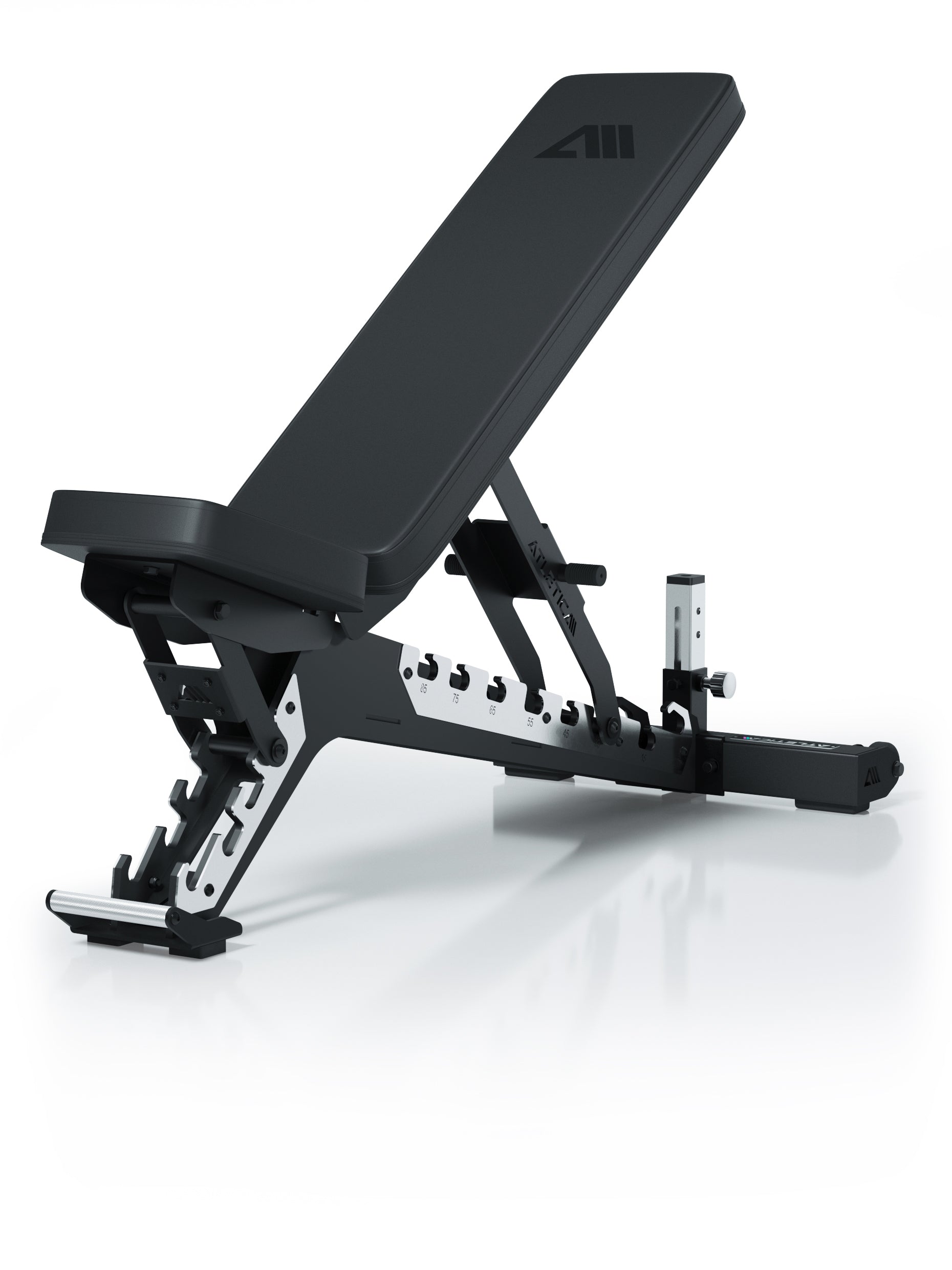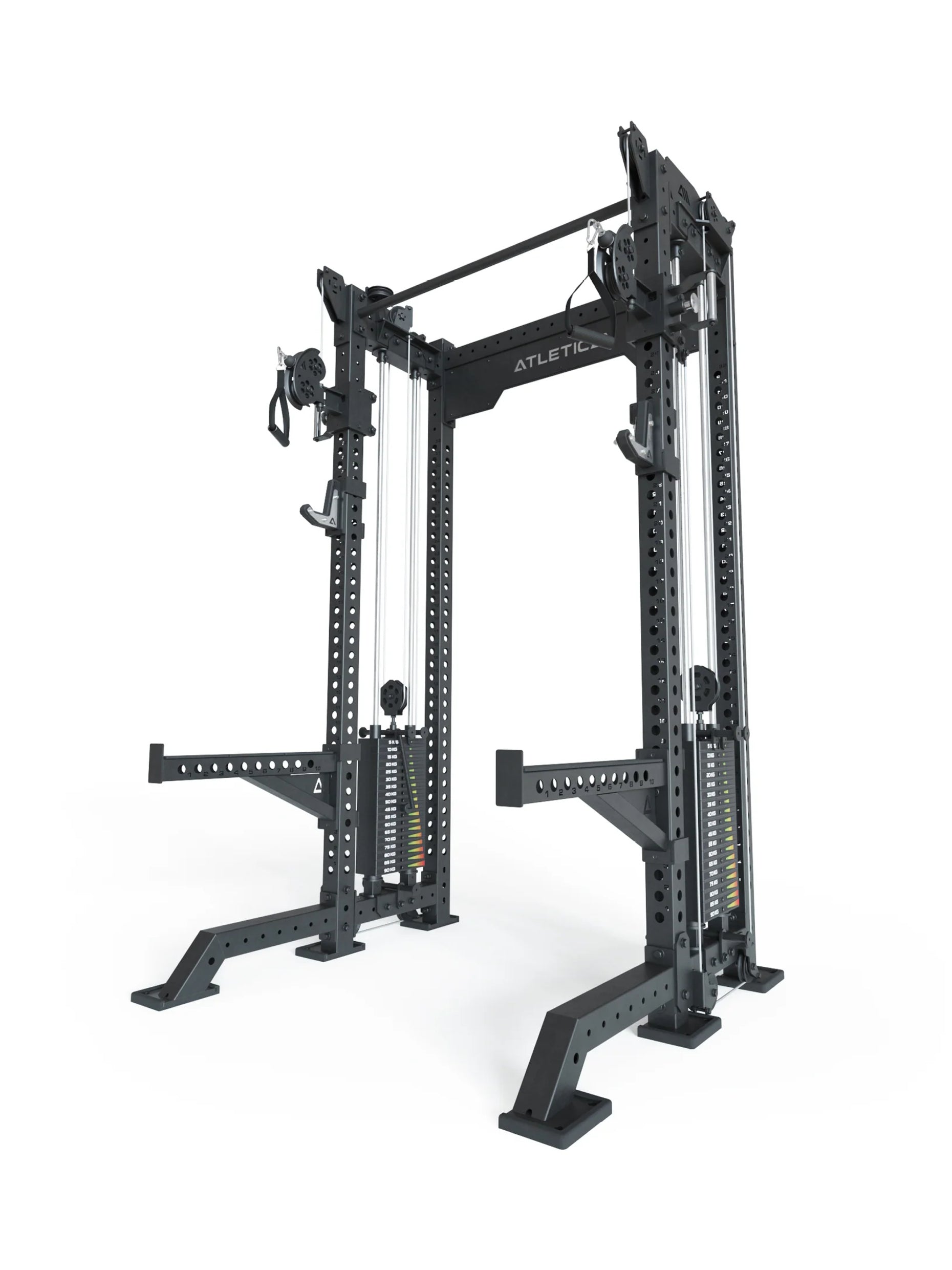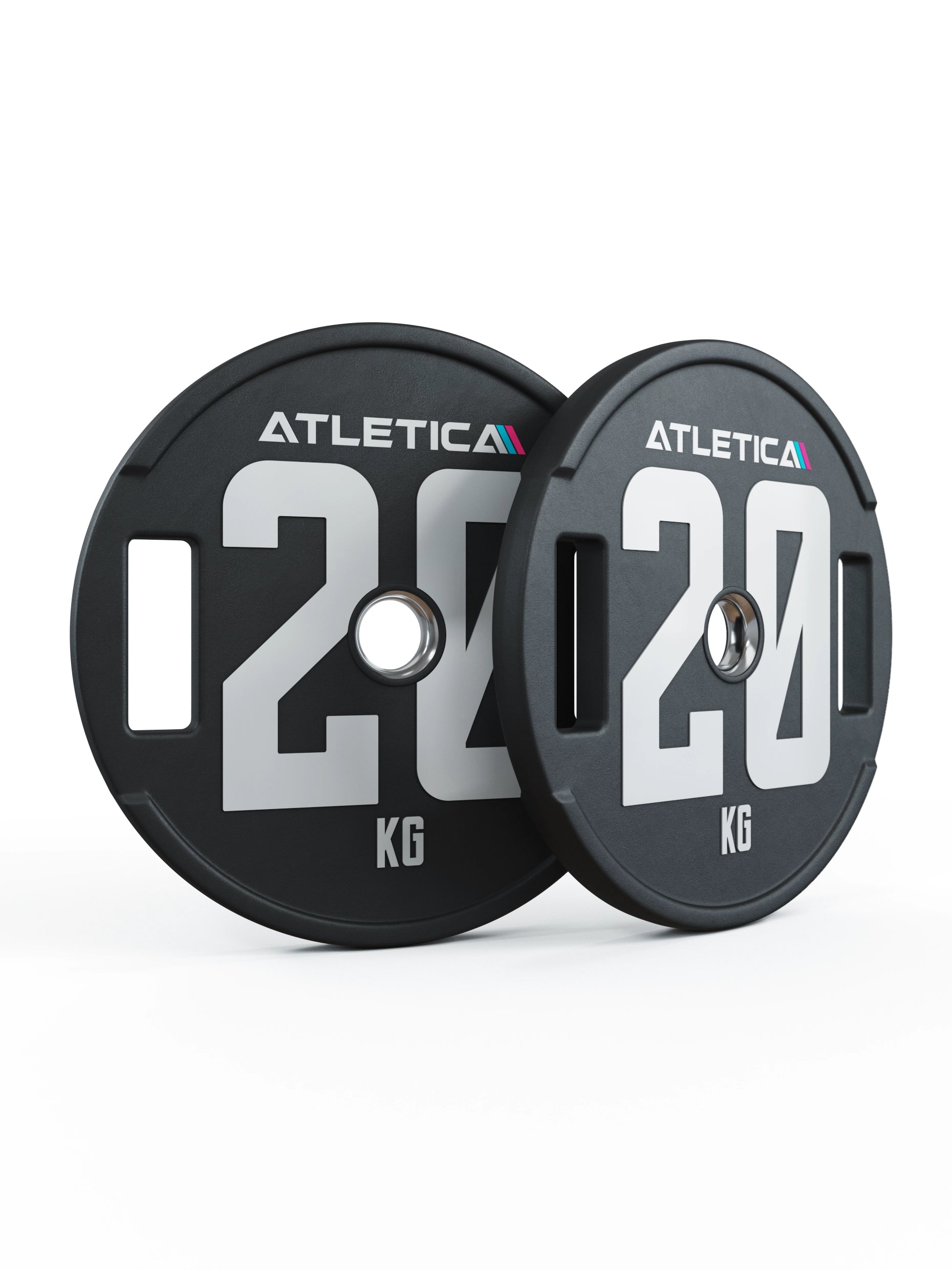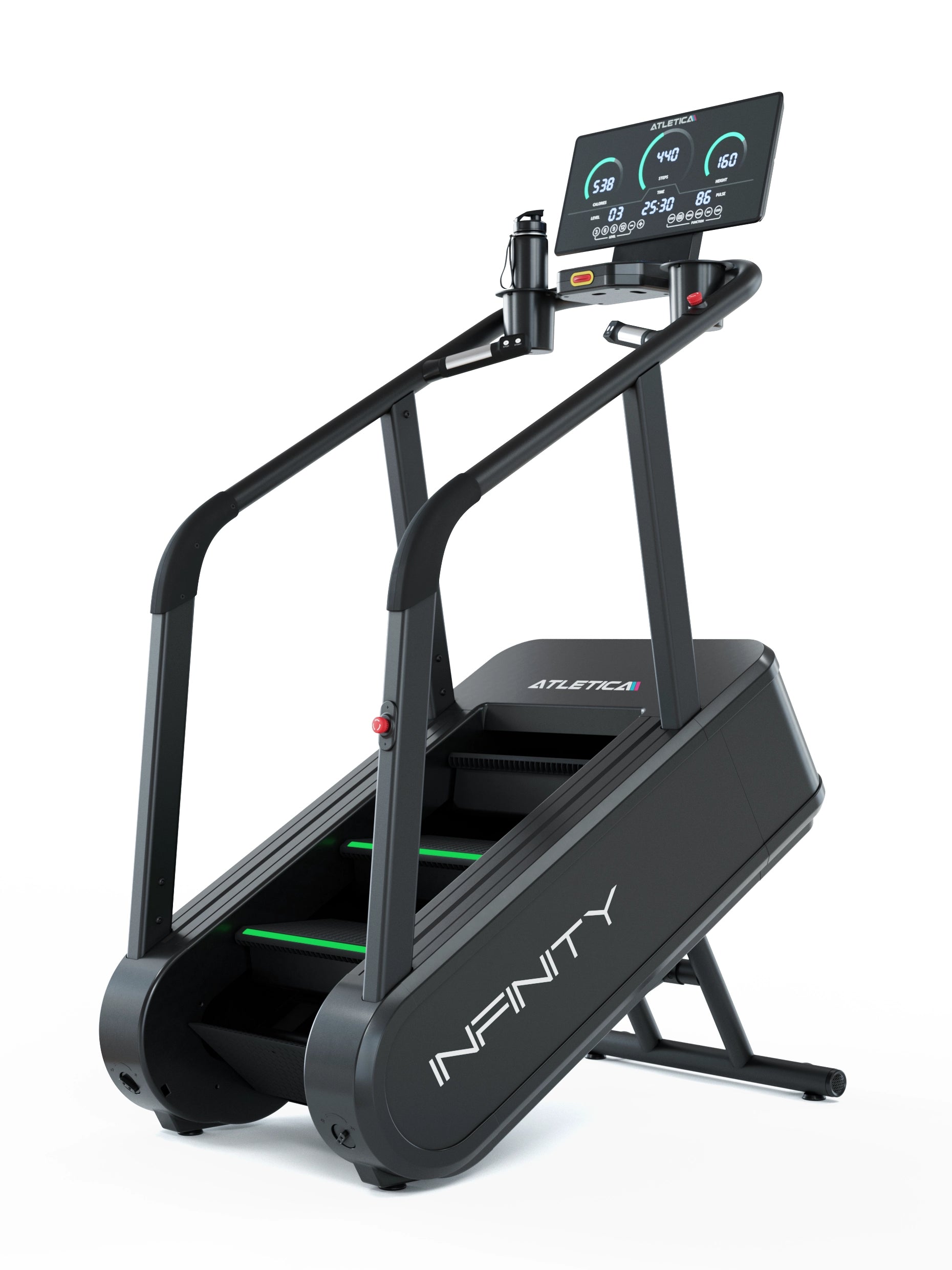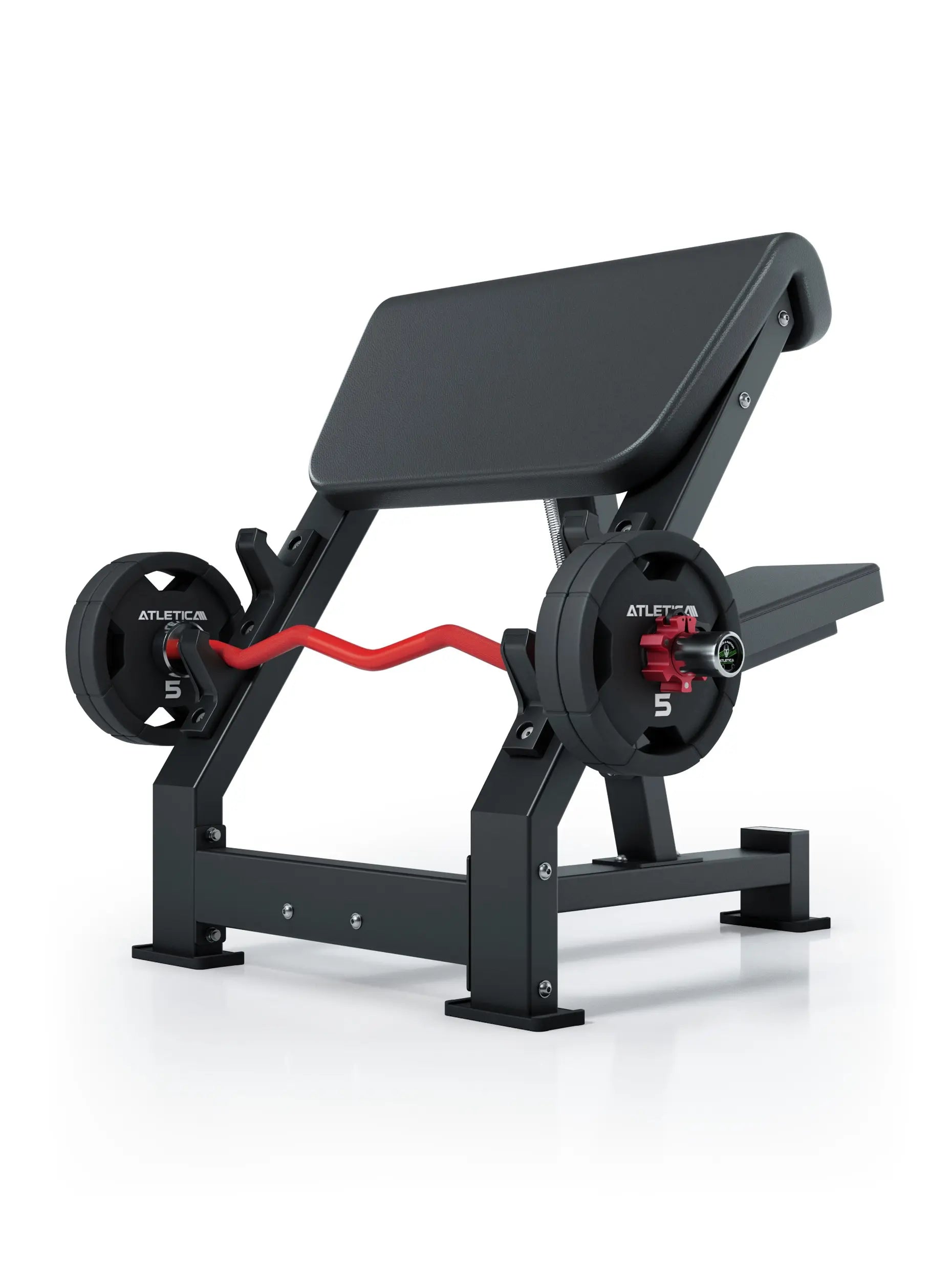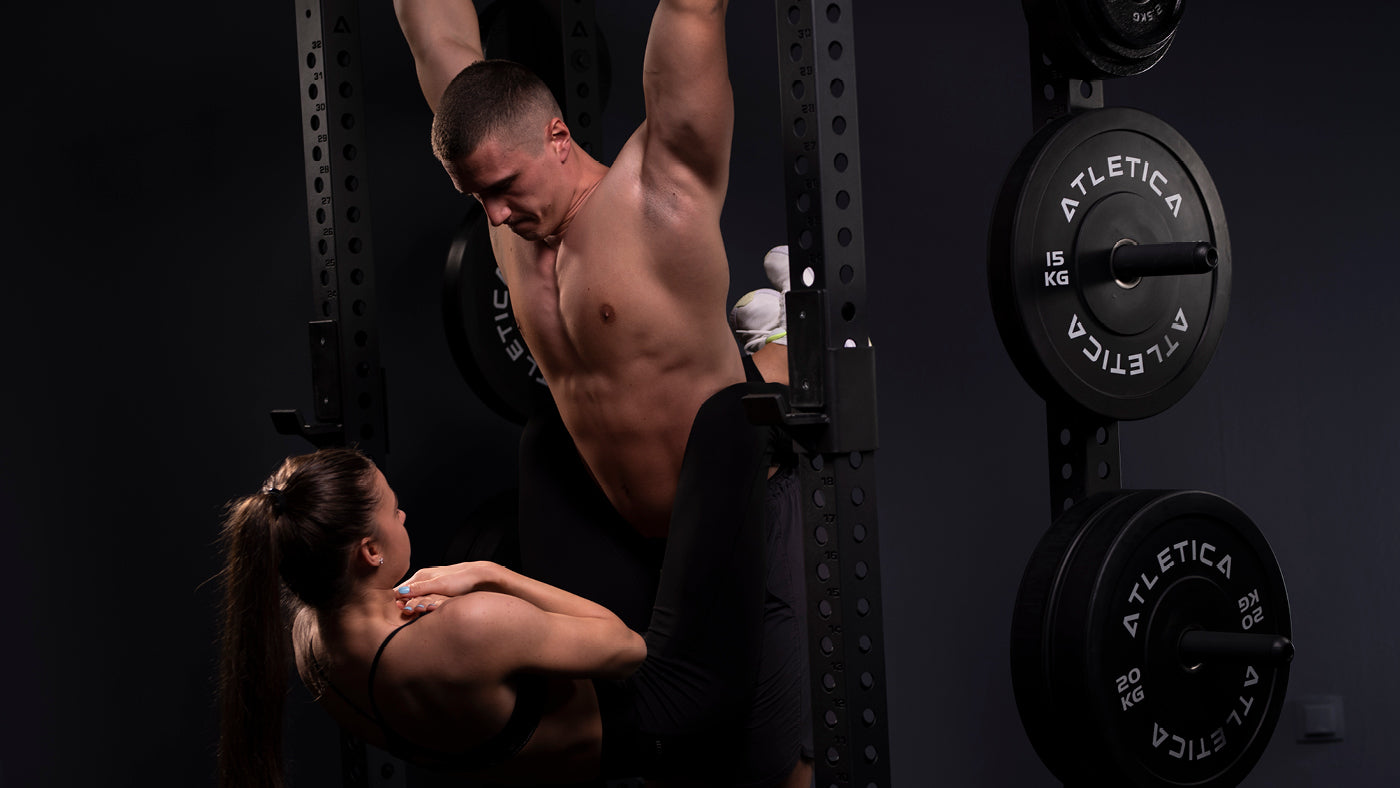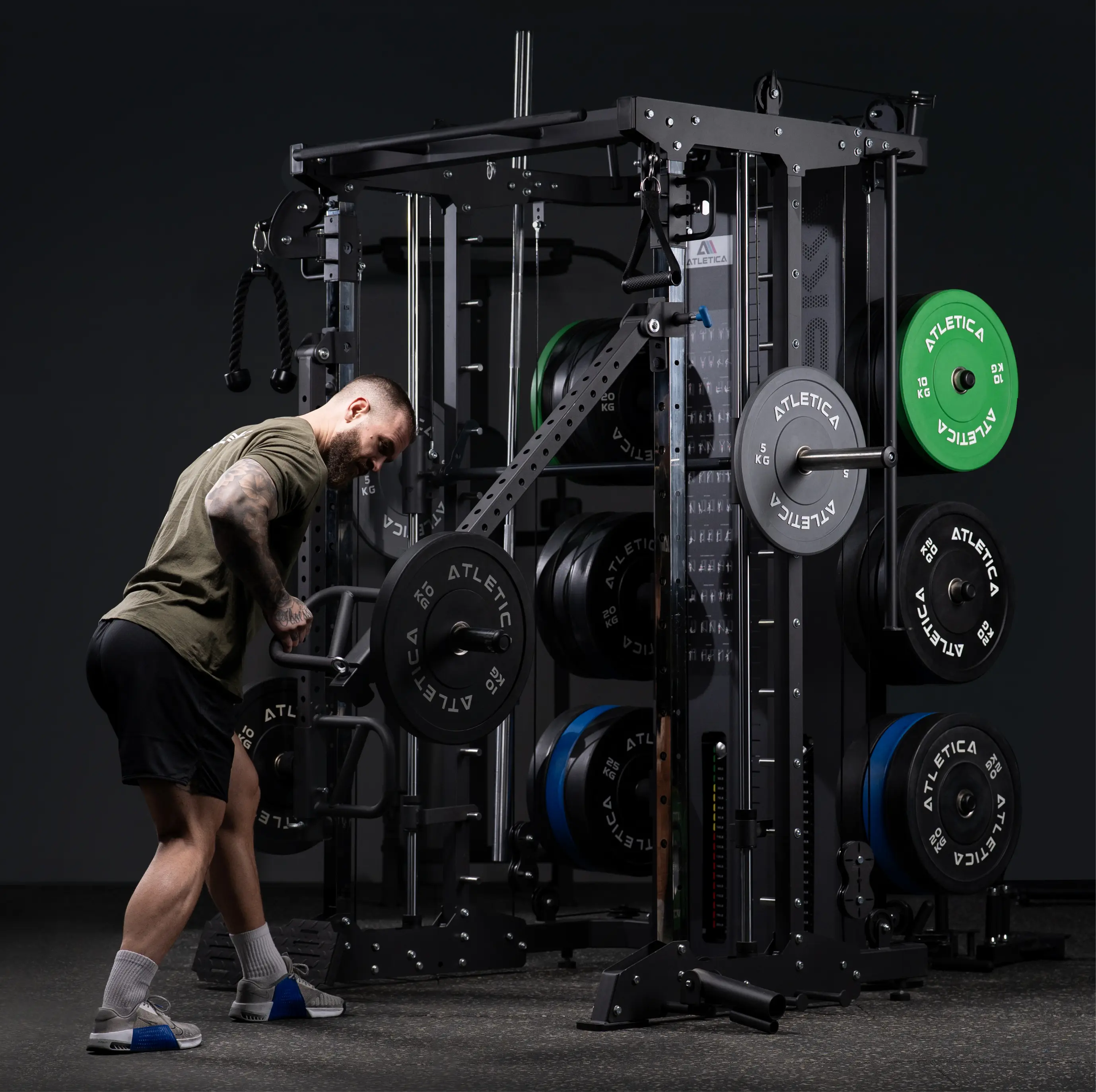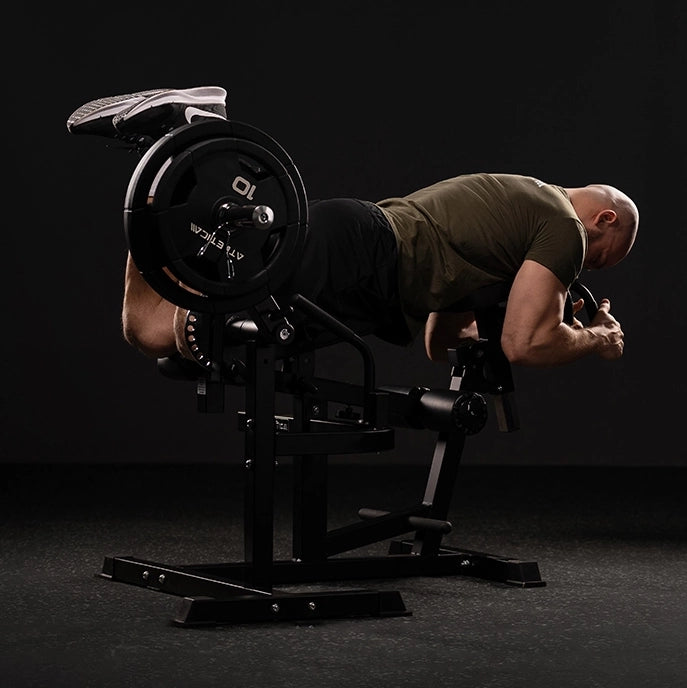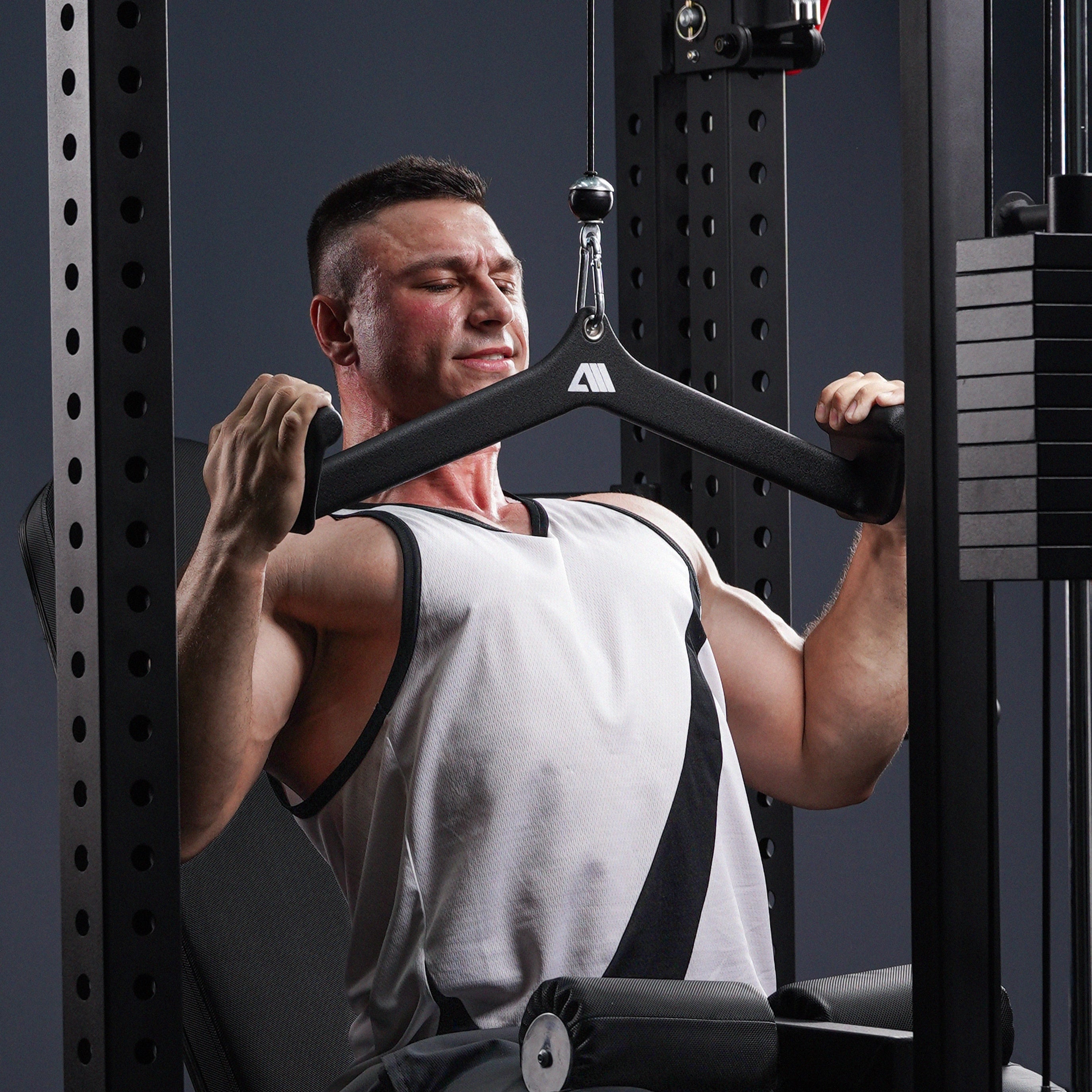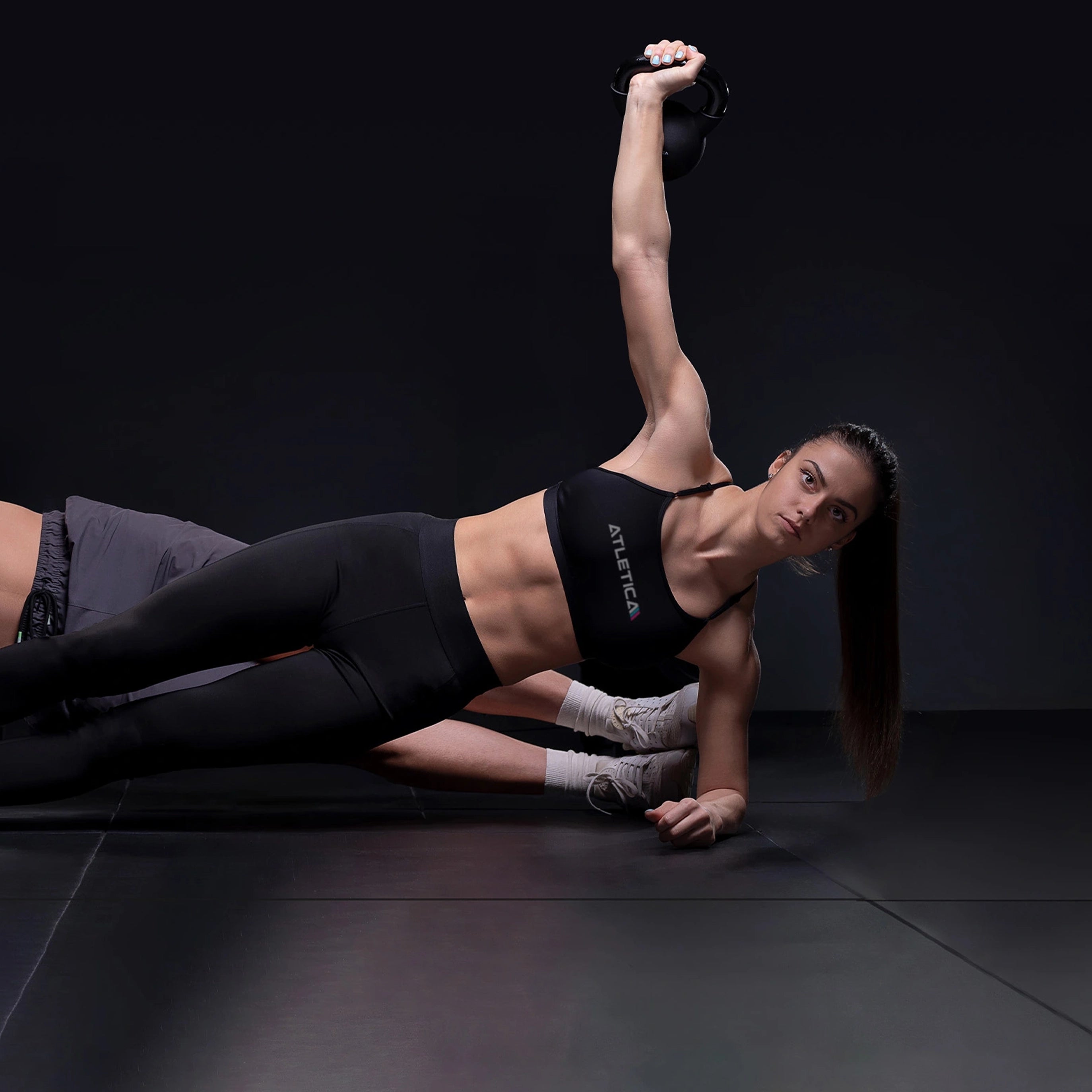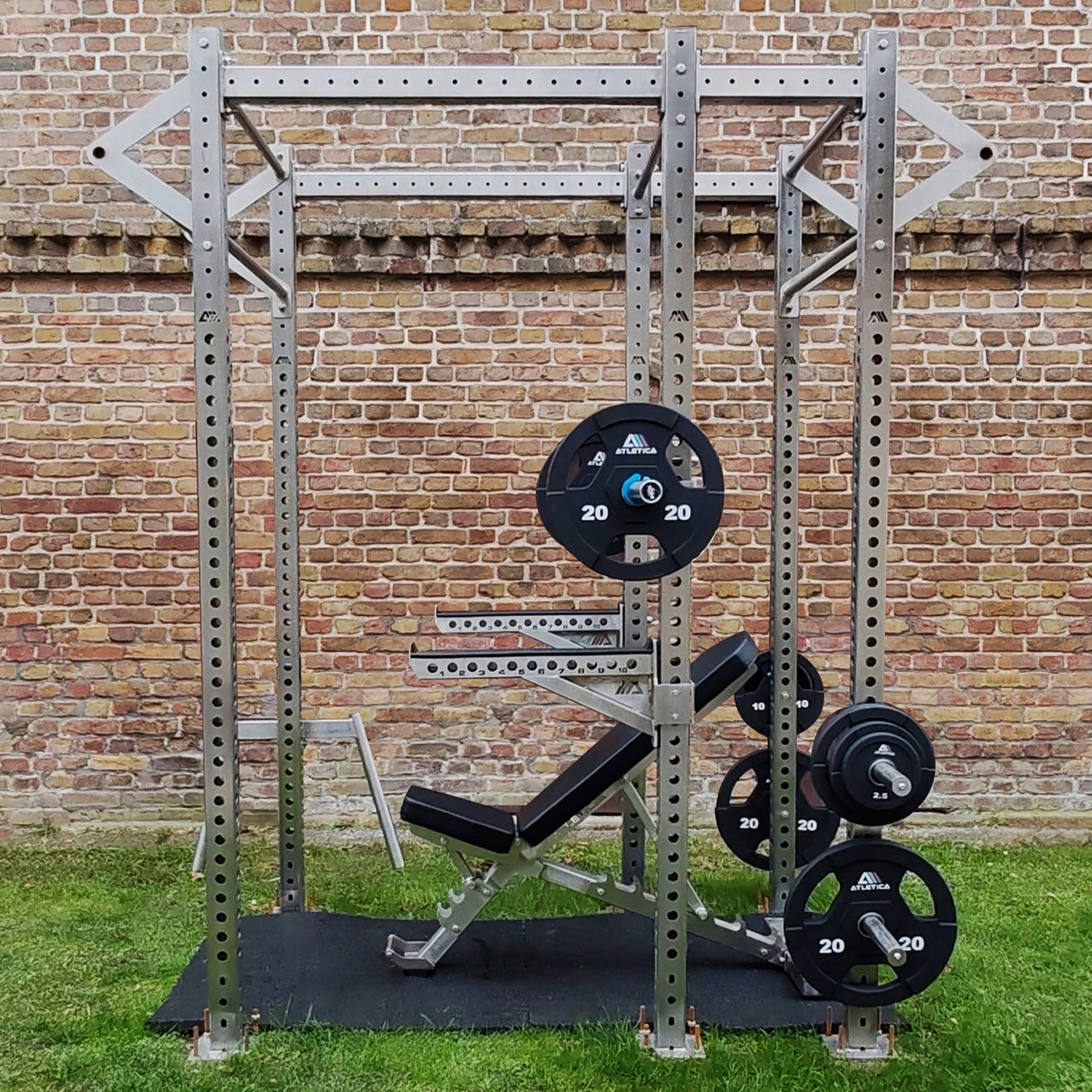Good fitness is the foundation for athletic performance, rapid recovery, and overall physical health. Whether running, cycling, or strength training, better fitness helps you last longer and continuously improve your performance. But how do you build your fitness specifically? In this article, we'll show you the best methods to improve your endurance and performance—from effective training methods to optimal recovery.

1. Why is fitness so important?
Fitness refers to general physical performance and is made up of several factors:
- Endurance : Ability to maintain physical exertion over a long period of time.
- Strength : Ability of muscles to overcome or withstand resistance.
- Speed : Ability to perform movements in a short time.
- Flexibility : Ability to move joints through their full range of motion.
- Coordination : Interaction of muscles and nervous system to control movements.
Good fitness not only improves athletic performance but also overall health. A trained body recovers faster, strengthens the cardiovascular system, and reduces susceptibility to injury.
2. The best methods to improve your fitness
There are various ways to specifically improve your fitness. The right combination of endurance, strength, and interval training ensures optimal results.
2.1 Endurance training
Endurance training is the foundation for good fitness. It strengthens the cardiovascular system, improves oxygen uptake, and increases overall resilience.
Effective endurance methods:
- Running : jogging, interval running or long-distance running.
- Cycling : Ideal for strengthening leg muscles and general endurance.
- Swimming : Joint-friendly endurance training for the whole body.
- Rowing : Strengthens muscles and improves endurance.
Tip : Start with three to four sessions per week of 20–45 minutes each to build basic endurance.

2.2 Interval training
Interval training combines periods of high intensity exercise with active rest periods. This form of training is particularly effective for increasing heart rate and improving maximum oxygen uptake (VO2max).
Examples of interval training:
- HIIT (High Intensity Interval Training): 30 seconds of sprinting followed by a 60 second walking break, repeat for 15–20 minutes.
- Tabata : 20 seconds of exercise followed by 10 seconds of rest – repeat for 4 minutes.
- Fartlek : Alternating between intensive and relaxed running phases according to your feelings.
Tip: Start with two sessions per week and gradually increase the intensity.
2.3 Strength training for better fitness
Strength training is not only important for building muscle – it also improves fitness by making muscles more powerful and increasing overall resilience.
Effective strength exercises for better fitness:
- Squats : Trains the leg muscles and improves strength endurance.
- Pull-ups : Promotes strength in the back and arms.
- Push-ups : Strengthens chest, shoulders and triceps.
- Deadlifts : Trains the entire posterior muscle chain and improves body tension.
Tip : Train two to three times a week with moderate weight and 12–15 repetitions per set to improve strength endurance.
2.4 Functional Training
Functional training improves mobility and coordination, which increases overall fitness. This form of training combines various movement patterns and promotes stability.
Effective functional training exercises:
- Kettlebell swings: Improve explosive power and endurance.
- Planks with arm and leg raises: Promotes stability in the torso area.
- Sling training : Uses your own body weight and improves the deep muscles.
Tip : Functional training is ideal as a supplement to endurance and strength training.
2.5 Sport-specific training
If you want to improve your fitness for a particular sport, you should specifically train the muscles and movement patterns that are relevant for that sport.
Examples :
- Runners : Focus on leg and core training.
- Footballers : Train speed, change of direction and leg strength.
- Swimmers : Focus on shoulder, arm and back muscles.
- Tennis players : Train explosive strength, endurance and flexibility.

Tip : Incorporate sport-specific movements into your training plan at least twice a week.
3. The role of regeneration
Fitness isn't just built through training—proper recovery plays an equally important role. During recovery, the body repairs muscle tissue and adapts to the strain.
Effective regeneration methods:
- Active recovery: Light running, cycling or swimming at low intensity.
- Stretching: Promotes flexibility and reduces muscle tension.
- Fascia rolling : Helps to loosen adhesions in muscle tissue.
- Sleep : 7–9 hours of sleep per night supports muscular regeneration.
Tip : Plan at least one rest day per week to avoid overload.
4. Nutrition for better fitness
A balanced diet supports fitness improvement and improves regeneration.
Important nutrients for fitness:
- Carbohydrates : Main source of energy for intense workouts.
- Proteins : Promote muscle building and regeneration.
- Fats : Support long-term energy supply.
- Electrolytes : Important minerals (sodium, potassium) for muscle contraction.
- Water : Adequate hydration is crucial for performance.
Tip : Eat a carbohydrate-rich meal about 1-2 hours before training and a protein-rich meal immediately after training.
5. Common mistakes in fitness training
- Too much intensity: Too many high-intensity sessions lead to overtraining.
- Lack of variety: Monotonous training slows down progress.
- Insufficient regeneration: Too few rest breaks prevent performance improvement.
- Lack of nutrition: Lack of nutrients impairs training performance.
Tip : Listen to your body and adjust the training intensity to your individual fitness level.

Improve your fitness - Conclusion
Improving your fitness requires the right combination of endurance, strength, and interval training. A balanced training plan with varied workouts ensures that your muscles are challenged and your overall performance improves. Ensure adequate recovery and a balanced diet for long-term success.
Start your fitness training now and experience the positive effects on your athletic performance and general well-being!






